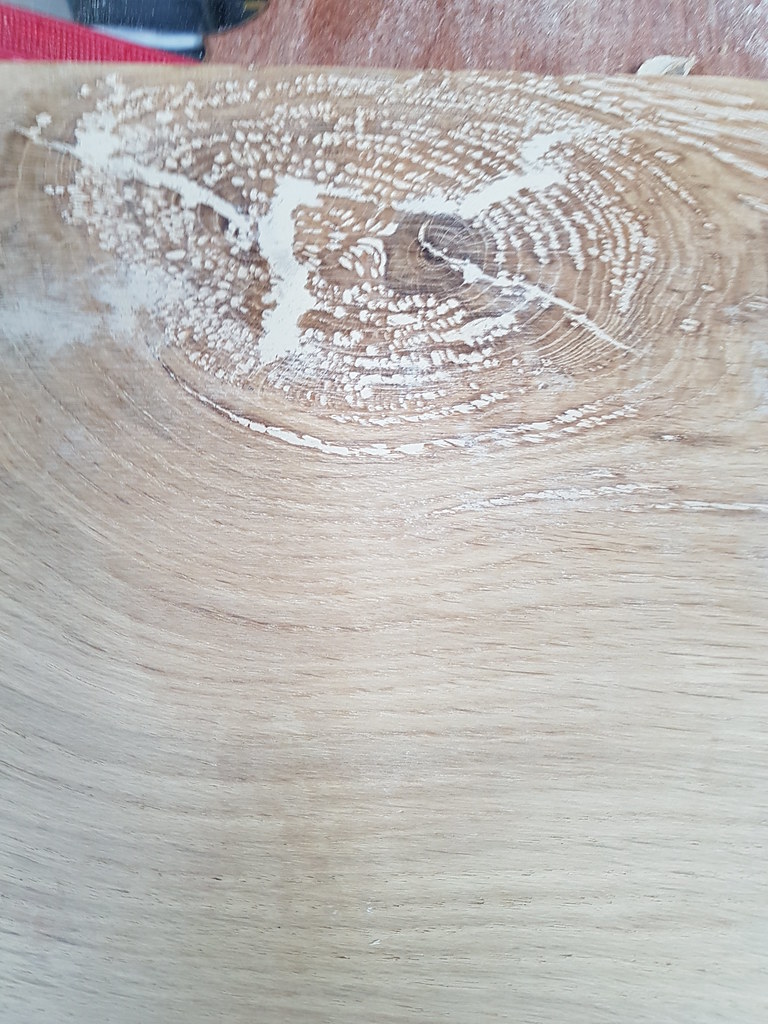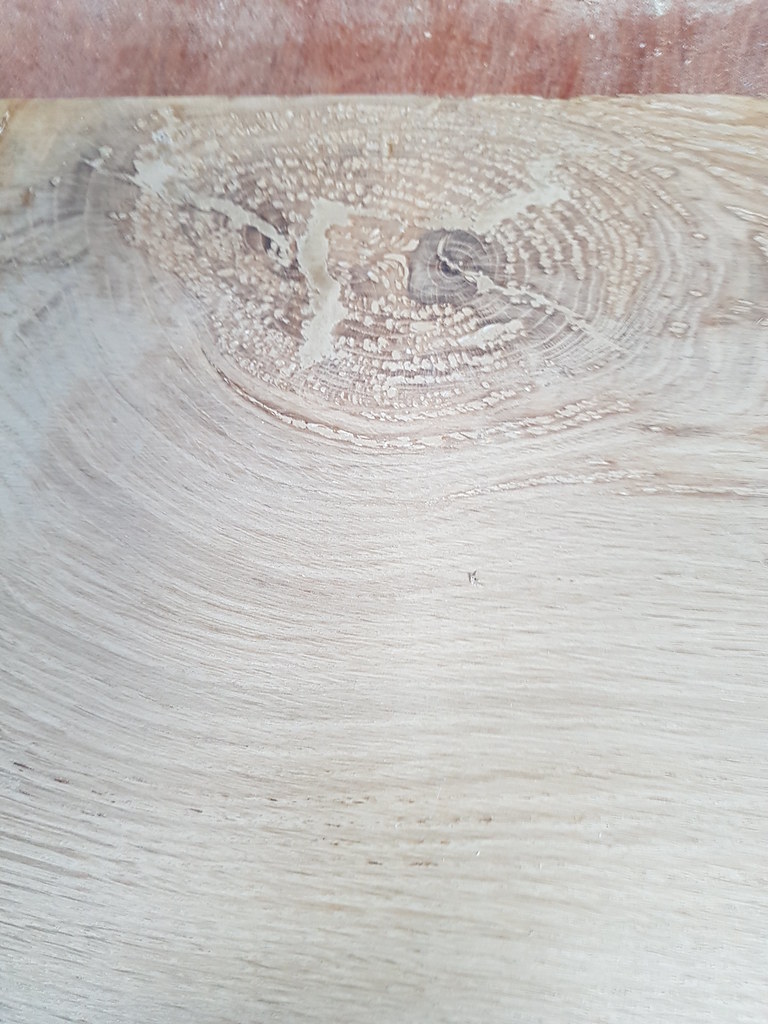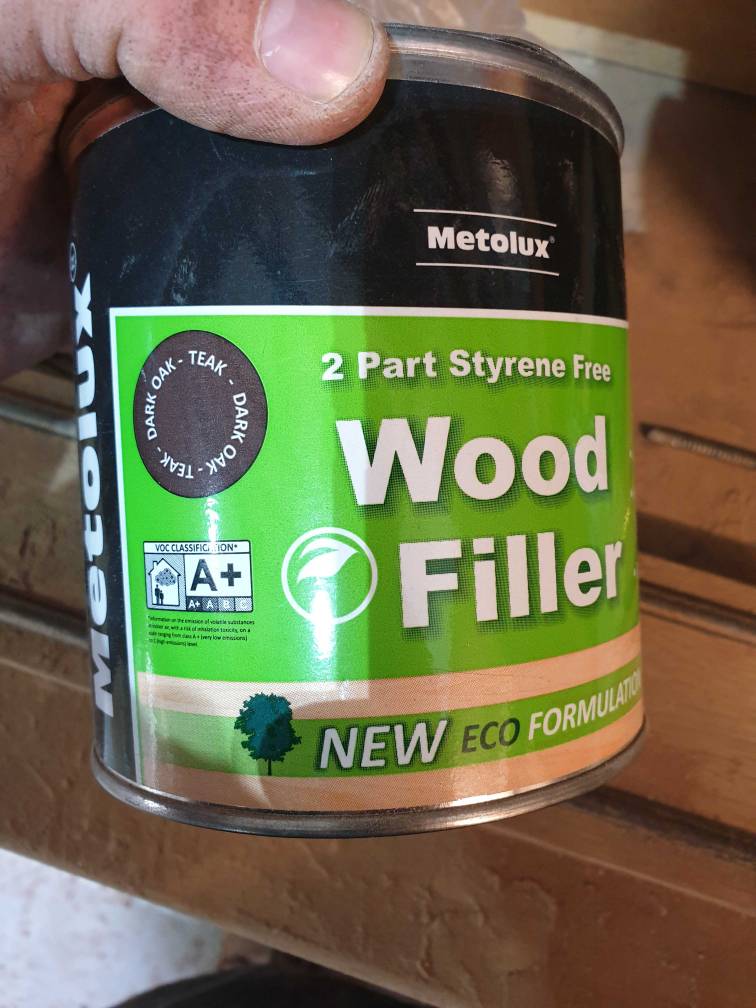RogerS
Established Member
We bought some engineered oak floorboards from French Forest Floors and, well to be honest, the finish quality of many of them..well, most of them...leaves a lot to be desired and, yes, I should have rejected them at the time but when you've just hand offloaded 3 tons of the stuff and trying to beat the rain then ones' sense of perspective tends to go out of the window. And then all the million other "must-do's" push the issue down the priority list.
So, as my builder would say, we are where we are.
Enter Fiddes Filler Gel which I thought was the answer to my prayers. Just mix up with sawdust from the same boards, mix to a fine paste and fill the holes. Oh, yes ! Rejoice.
Perhaps not.

So, as my builder would say, we are where we are.
Enter Fiddes Filler Gel which I thought was the answer to my prayers. Just mix up with sawdust from the same boards, mix to a fine paste and fill the holes. Oh, yes ! Rejoice.
Perhaps not.



































